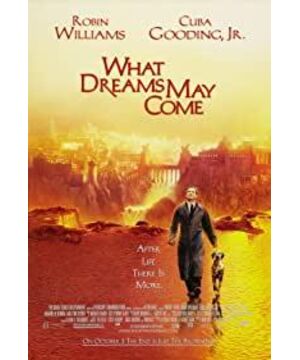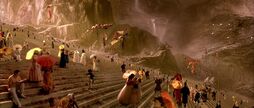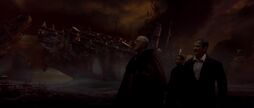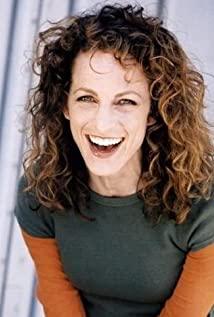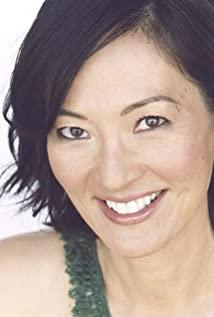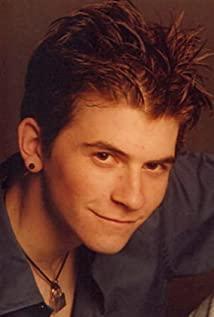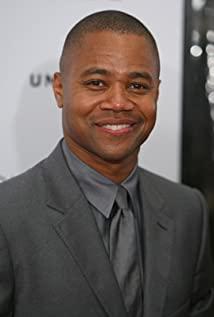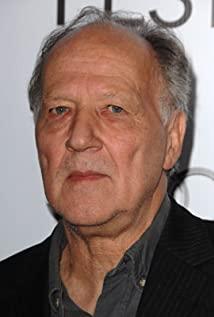First of all, let’s follow the story: Christie and Annie met at first sight. They decided on the relationship on the hillside and got married (there was a sweet time after marriage). Then they gave birth to two children. Three months before the child died, Christie taught her daughter to play chess, and The son had a heart-to-heart exchange and understood each other. Three months later, he had a water battle with the grown-up child. The child died on the way to school the next day, followed by the funeral. After the funeral, Annie had schizophrenia and was sent to a mental hospital, Christie Asked for a divorce and asked her not to give up, but Annie was willing to accept the reality and cooperate with the treatment, so they had no points. Four years later, Christie was checking on a little girl and receiving a call from Annie, in order to get Annie back to celebrate their double day Christie He promised Anne to help her get the painting, and died in a car accident on the way to get the painting. The dead Christie came to the imaginary world, that is, Anne's oil painting, where she met her daughter and son, and Anne couldn't bear the pain during this period. She committed suicide and went to hell, Christie went to hell to rescue her, and finally rescued Annie. In the end, both reincarnated and met on a lakeside. I adjusted the sequence of this story. The sequence of the film used a lot of flashbacks, first depicting a good time as a prelude to provide the possibility of rescue with love later, and used a series of flashbacks to prove this possibility. Also because of this montage, the narrative of the film is full of beauty.
1. Theme
The sequence of the story is roughly like this, I have to talk about the theme of the film first. This is a film with the motif of "love", and the dialectics of imagination and existence extended from it all belong to the subtopics. Why is the motif of love? There is no doubt that love is the ubiquitous factor that drives the development of the plot. First of all, love at first sight prompted Christie and Annie to get together and get married and have children. The love for the children caused Anne to have a mental breakdown and once gave up herself. The love for dogs made her daughter even turn her face with her mother, and the love for her father made her son. He did not give up, but the love for Anne made Christie go to the world of oil painting after his death. The love for children made him find his daughter and son who had changed their faces. The love of Christie and Anne finally allowed them to reach the dream world and fall in love at first sight again after reincarnation. ...There is no place in the whole film that is not a manifestation of love. Of course, love is not limited to the love of men and women, but also the love of parents, the love of admiration, the love of friends... Every kind of love is directed towards the loving mother The title also expresses the idea that love is the origin of the world. Another example of the origin of Aino is the speculation about "I think, therefore I am". The film depicts a beautiful imaginary world after Christie's death, and this world is his own imagination. Christie also said that the head is "I". Although the head is also a part of the body, it exists beyond the body. In the same way, heaven is a dream that is imagined, and hell is naturally an imagined dream. Therefore, there is no such thing as heaven and hell, or dream and reality. They are the result of imagination. This world of life is the source of all sin or salvation. And love can save it all.
I think so I am obviously idealism, you are me and I am you, so daughters and sons can become others, and Albert can become others. The whole film is also based on this point: the world of death. The theme of the film is "hope". In the imagined world, only "love" can produce "hope", so love as the motif keeps repeating.
Second, the beauty of form
The beauty of form includes the form of the story, as well as rhythm editing. The story content of the film has been smoothed before, but the form is not arranged like this. The film only took more than seven minutes to show the harmony and love of the family, followed by a deadly death, and then four years later, Christie and Anne's stability and happiness were once again shown, and then Christie was killed. This kind of plot took about 30 minutes and can be classified as the first paragraph of the film, paving the way for the later film to rescue with love. Next is the performance of Christie's imagined world and Annie's world, cross-editing, forming a sharp "light and dark" contrast. Annie's choice to commit suicide is the second part of the film, which promotes the plot of Annie in the third final where Christie goes to hell. It echoes the collapse of the previous child's death and makes a clear contrast with the result of "live and die". , Showing that her love for Christie is so deep. The third part is the rescue from hell and the final success. As before, a lot of flashbacks were used to show the comparison between the past and the present. The large gap makes the soul shocked and feels heartache. The last part is that Christie and Annie fell in love at first sight again after reincarnation, which corresponds to the love at first sight picture at the beginning, and also ends the motif of "love".
The film’s cross-editing, flashback and other techniques are used appropriately, so it does not overwhelm the audience, but serves the style of the film, creating the art of the film.
Three, the beauty of the picture
The picture of the film is undoubtedly beautiful to the extreme. Many big prospects and panoramas are just a painting, just like Christie's world of oil painting, as if the film itself is a quick glance of the oil painting. The beauty of heaven and the suffering of hell are all perfectly expressed, and they have to be shocked by the wonder and reality. The film also uses high-speed photography. When expressing some transitions or emotional actions, you will find that the picture slows down, which seems to be contemplative, but also makes people contemplate. It is like parting or reluctance, in short. The emotions contained in it cannot be expressed. It's like, when the child goes to school, Christie watched the car slowly drive by, and Annie painted the expression in front of the purple tree slowly...The film also used a lot of lyrical long shots, like Christie and Annie were sitting on a hill at the beginning of the film. The picture on the mound is compared with the picture of the oil painting. This is the use of similar or repeated photographic techniques. There is also a long shot of Anne’s life after Christie’s death. It is a shot that feels about to die: gradually getting closer, the floor is full of familiar blue flowers... the contrast is sharp and only Anne is left alone. Grief. The imaginary world is unconstrained, it can be slow and beautiful, but there are constraints in the imaginary world, and the constraints come from oneself. Therefore, heaven and hell actually arise from oneself, and the only love that can save oneself is returned to the motif of "love".
Whether it is modeling or picture structure, whether it is photography or theme, the film is perfect. The most important thing is that it also expresses what I agree with: love is the origin of the world. "Dream" is the source of beauty and terror, but as long as there is love, there is hope for everything.
View more about What Dreams May Come reviews


